We installed the cylinders on the engine today. I started out by getting the bench all cleaned up and organized. I logged all of the lot numbers on my parts sheet that will be loaded into the computer later on so I have a computer file of my engine parts that can be accessed at whim. I also got out the tools needed to put the cylinders together.
Torque wrenches, cylinder wrenches, ring compressor, rign expander pliers, valve compressor, picks, magnet on a stick (for valve keepers), flashlight and more. Get all of the this stuff ready to go because when you start compressing valves it needes to be a quick reach.
We start off by putting the valves in the cylinders. Clean the guides, lube the stems and install making sure not to scratch the valve stems. Remember earlier, I lapped the valves and kept the cylinders and valves together. I mounted our hi-tech valve keeper-inner on the bench which is a post with angles on it and the top has been rounded. I clamped it to the bench and when you get your valves in place you hang onto the stems and have someone pick up the cylinder. You lower it down onto the post and this will help keep the valve seated while you push down on them with the spring compressor. Next you oil up the valve seats top and bottom. There is not a difference on the bottom ones but there is on the top. The cone shape one goes on the intake stem. Get your springs out and lube them up and make sure they are the right way facing up. Put them on the seat over the stem and install the top seat. Install the rocker arm shaft and take your brand new valve spring compressor and push the springs down. This a two person job. One person holds onto the cylinder and does the compressing. The other person guides the top seat over the stem so it does not scrap the valve stem. Have you keeper ready to go and install. The exhaust ones are like half shaped circles. You put them in under the hole in the spring compressor (there a arc in it for this purpose) with your screw diver. You put one in and then rotate it around to back side. Install the other opposing it and then slowly let off on the spring. It should push the keeper up and seat it in the groove in the stem. DON'T let the keeper turn up or down it has to lay in there flat. Once that it done move onto the intake steam. These keepers are a little different in that they are more cone shaped. I used some Lubraplate and put some on the inside of the keeper. This holds it onto the stem while you let up on the compressor. Compress the spring and take your magnet and put the keeper on it pointing down. Lower it down into the compressor hole and then use a pick or small screw driver to push it off the magnet and push it up against the stem. There is a notch in the stem and curb on the keeper, so you will feel it go into place. Do the same for the other side. Once they are both done and oppose one another, slowly raise the compressor and it will seat the keepers on the stem. If the keepers are cocked or look wrong then put the pressure back on the compressor and adjust them until they seat. By the 4th cylinder your a pro. They have special tools besides the compressors that make all of this easy. However, this is on the cheap so we are doing it the harder way. Use lots of oil and snot to coat things up. Once you are done, put the cylinder in a box upside down to drain off excess oil into a rag. This will keep it all from running down the engine on the stand.
Once all 4 cylinders are done, start with the rings on the piston and install it in the cylinder. The rings are clearly marked and there is a bulletin on ECI website that gives you clearances and ring gap orientation. We checked ring gap and top stroke and it was above the .0075 min. We lubed up the rings and installed them on the cylinder. The top and bottom ring gaps are lined up with the middle ring gap is 180 degress opposite of it. Superior has them at 10 and 2. Why, I have no idea. Once that is done lube up the cylinder walls with MINERAL oil and make sure there is not grit in there. Lube up the piston and put the compressor on it. Compress the rings making sure not the turn them, put the piston over the cylinder bore and push the piston out a bit just so the top sticks out. Push this chamferred area into the bore and them push the piston down into the bore. Make sure you oriented the piston to go it with the wrist pin holes pointing the right way. You don't want to turn the piston anymore than you have to. Only insert the piston into the bore enough so the rings don't come out. Get your cylinder wrist pin lube up and then start it into the piston. Take the cylinder over to the engine and install it on the engine. We installed the #2 cylinder first because these are the first thru studs that get torqued in the sequence. Install the bottom o-ring seal on the cylinder before you put it on. Take the cylnder over to the engine, have someone line up the wrist pin the con rod and slide it thru. Then push the cylinder down onto the studs and install the hold down nuts. THERE IS THREE SEQUENCES TO FOLLOW. 1. The case torque sequence 2. The big cylinder hold down nuts 3. The little cylinder hold down nuts. So do each cylinder as you need to for the case/thru bolt sequence then torque each one as the manual shows. We did not torque the big hold down nuts on cylinders to full 600 in/lbs until we had all cylinders on the engine. Once they are all on, torque to full amount using the torque sequence in the manual. Don't worry if you hear some squeaking noises when you torque the big nuts on the thru bolts. They are just stretching a bit. I go through the sequence twice and give a little time between cycles. You'll be suprised how much the thru bolts stretch on the second cycle. Once this is all done you can start installing the rest of the stuff as follows.
1. Intercylinder baffles.
2. Cylinder oil drain tubes.
3. Intake tubes.
4. Push rod tubes,
5. Push rod retainers with lock plate.
By this time you will have oiled everthing down in your shop including yourself. Probably have all of your tools out and have gone through about 3 rolls of paper towels. Enjoy.
Subscribe to:
Post Comments (Atom)






















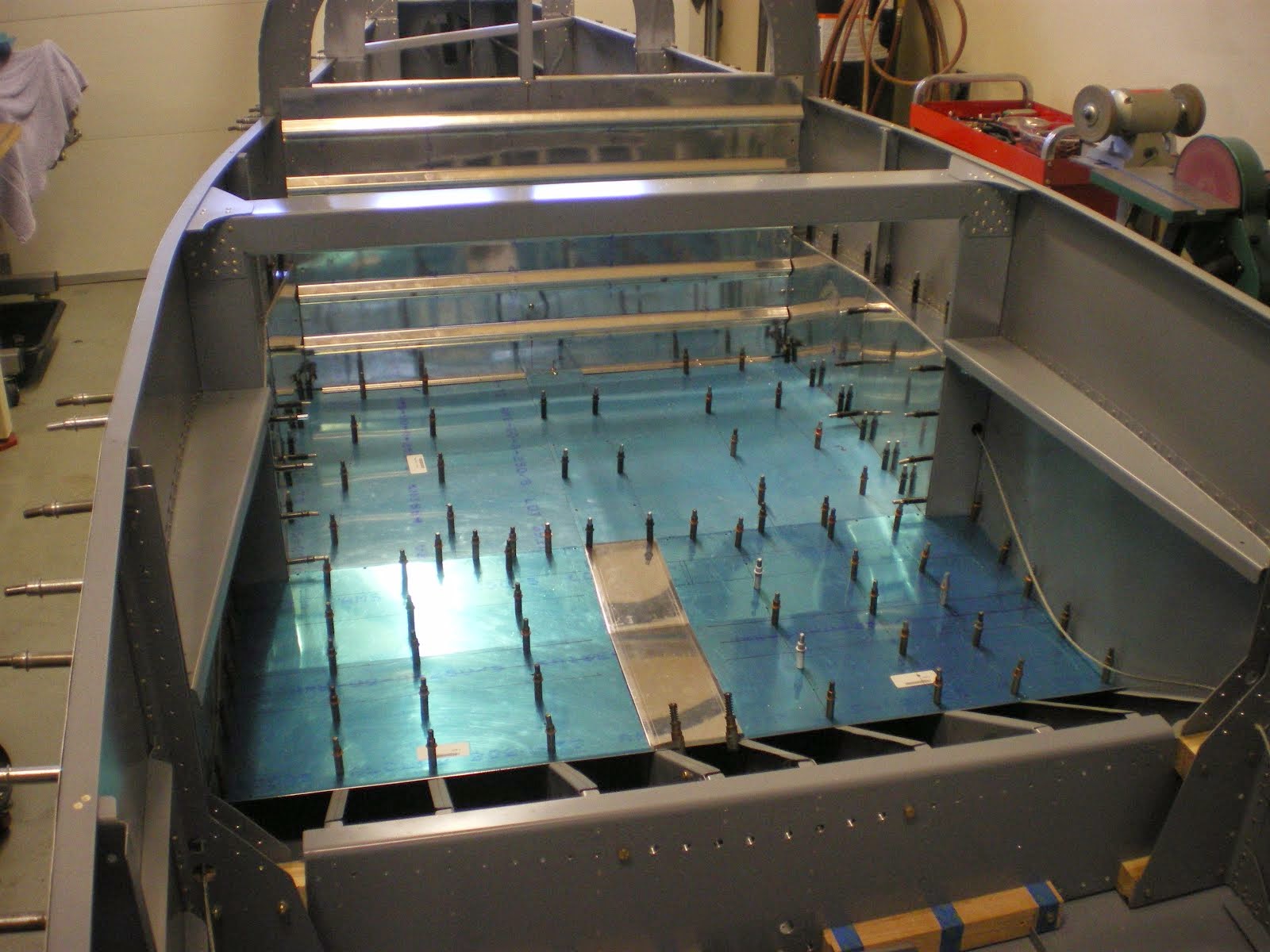

















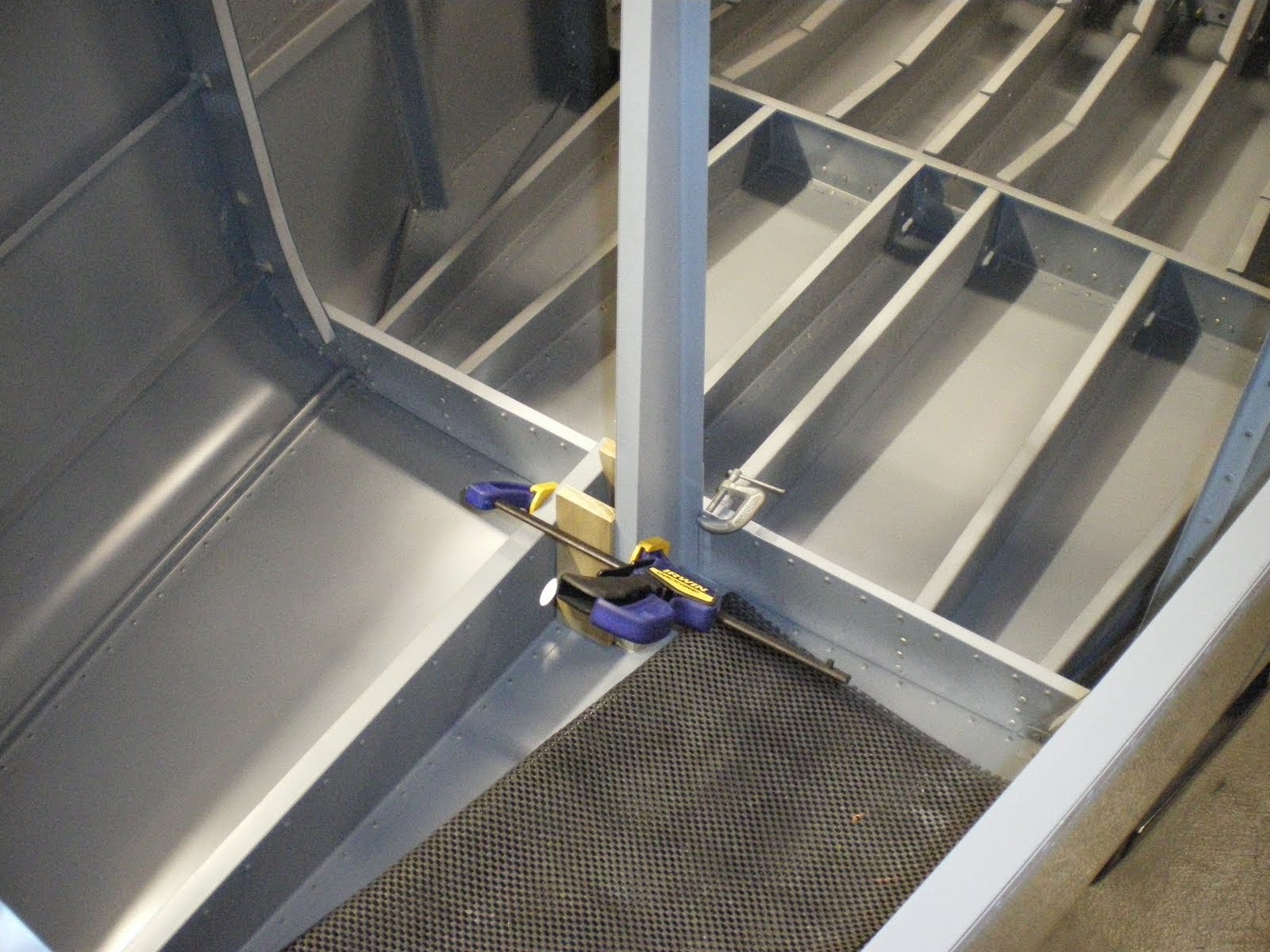

















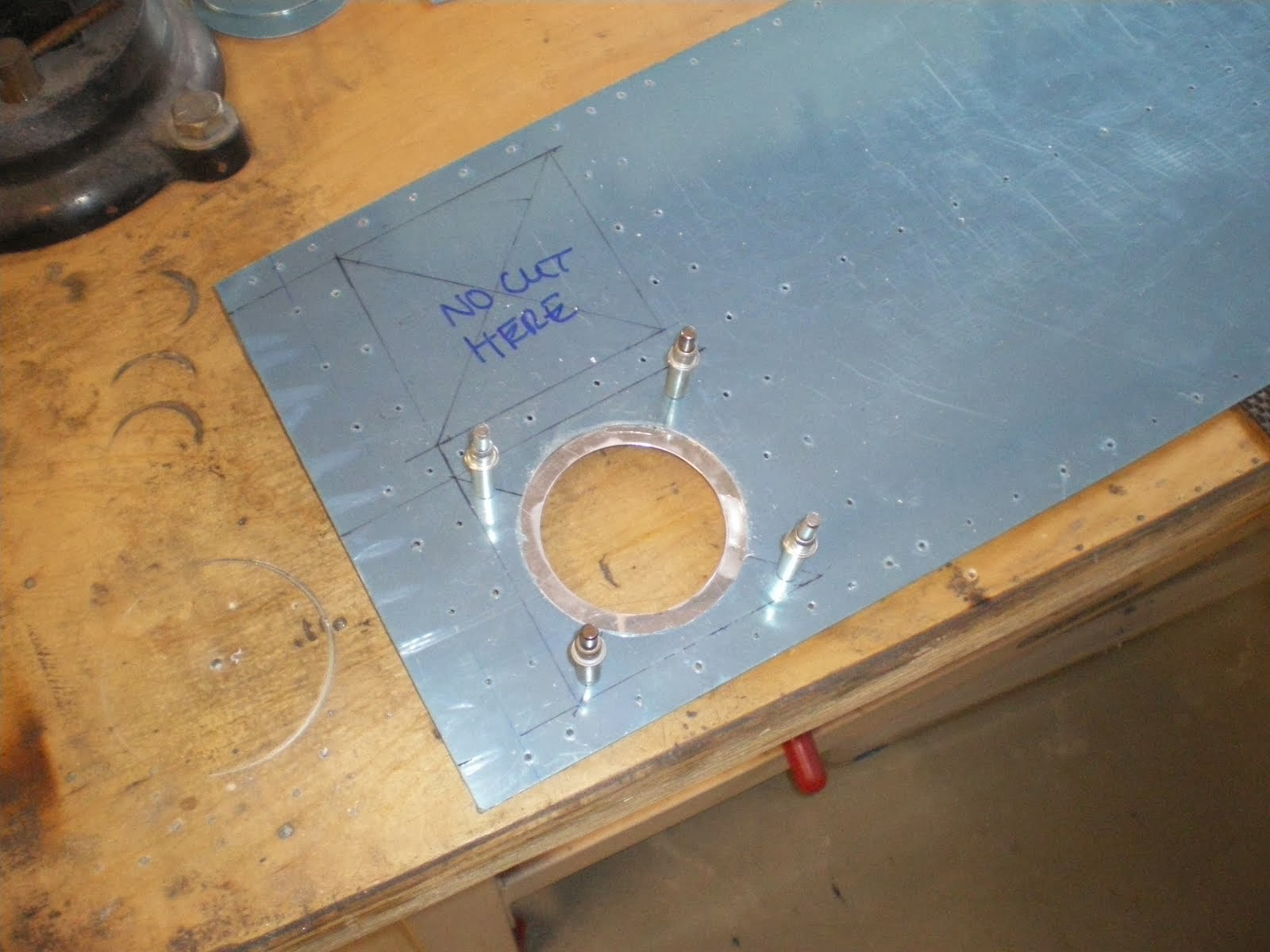












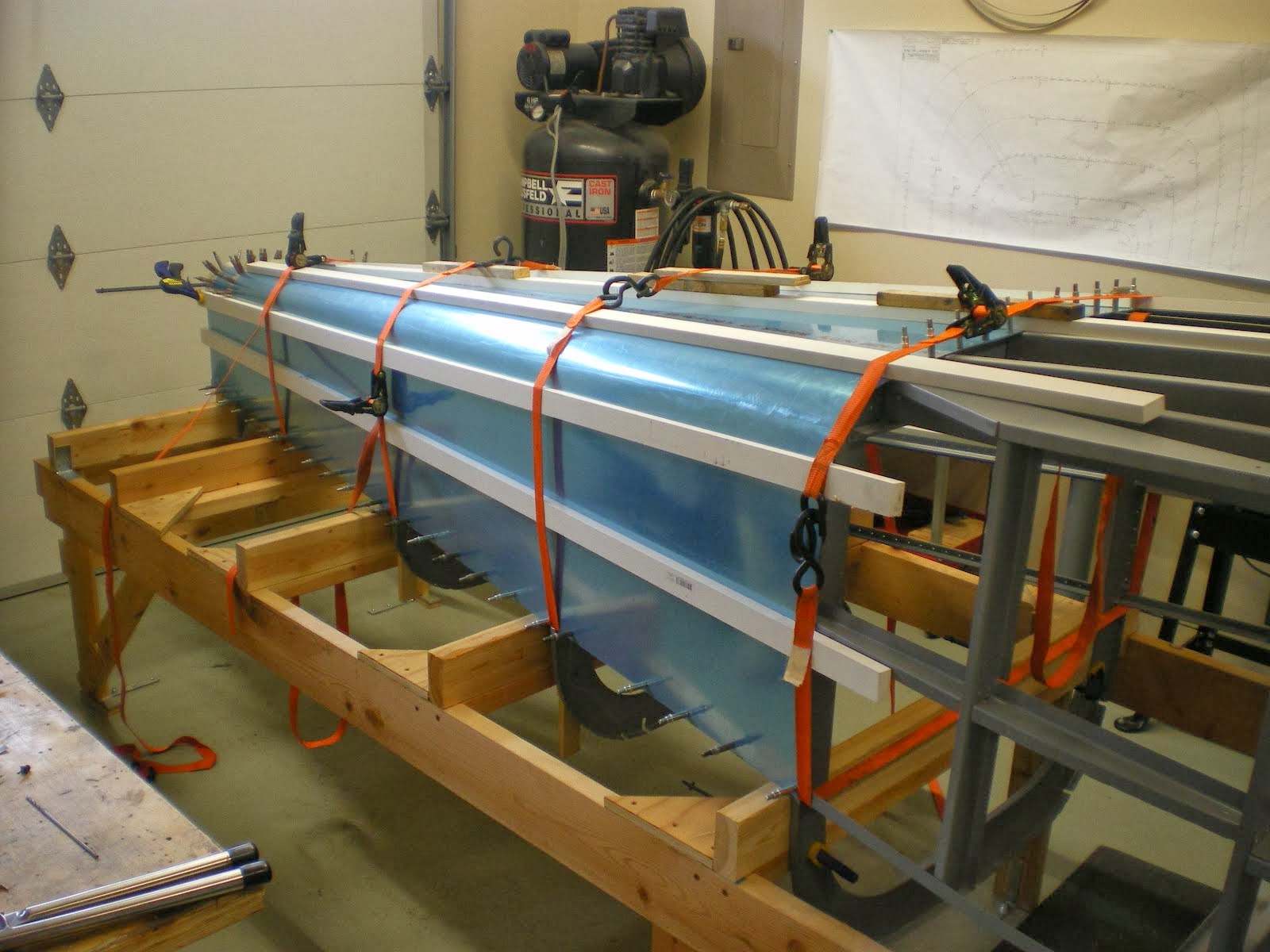







































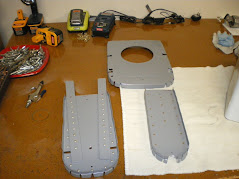























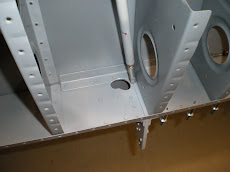

































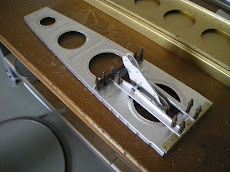






















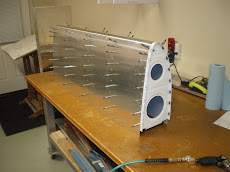

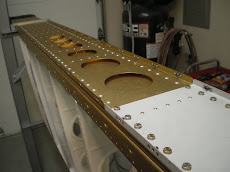

























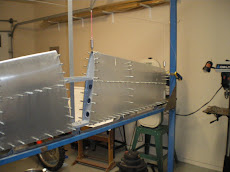
















No comments:
Post a Comment